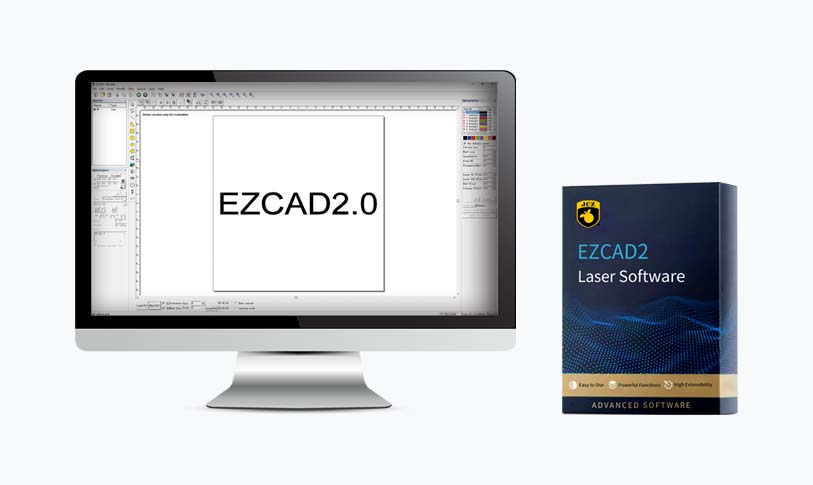****
Pulsed lasers have revolutionized various fields, paving the way for remarkable advancements in technology and applications. Unlike continuous wave lasers that produce a constant beam of light, pulsed lasers emit energy in short, intense bursts. This unique characteristic allows for precise control over energy delivery, making pulsed lasers immensely valuable in multiple domains, such as medicine, manufacturing, and scientific research. This article delves into the evolution, principles, and diverse applications of pulsed lasers, illustrating their significant impact in shaping modern technology.

Exploring the Advancements and Applications of Pulsed Lasers in Modern Technology: From Medicine to Material Processing

Exploring the Advancements and Applications of Pulsed Lasers in Modern Technology: From Medicine to Material Processing

Exploring the Advancements and Applications of Pulsed Lasers in Modern Technology: From Medicine to Material Processing
The fundamental principle of pulsed lasers lies in their ability to produce high-energy light pulses over very short durations, often in nanoseconds or even picoseconds. This capability results in an extraordinary concentration of energy within a minimal timeframe, allowing for efficient interaction with various materials. By manipulating the pulse duration, energy, and frequency, researchers and engineers can tailor the laser properties to suit specific applications, enhancing precision and effectiveness.
One of the most notable applications of pulsed lasers is in the field of medicine, particularly in surgical procedures and cosmetic treatments. For instance, medical professionals employ pulsed laser technology in dermatology for skin resurfacing, tattoo removal, and treating vascular lesions. The concentrated energy from pulsed lasers can target and break down pigments or tissues without damaging the surrounding skin, allowing for quicker recovery and minimal scarring. Similarly, in ophthalmology, pulsed lasers are essential for procedures like LASIK eye surgery, where they reshape the cornea to correct vision.
In addition to medical uses, pulsed lasers are integral to various manufacturing processes. They are employed in cutting, welding, and engraving materials like metals, plastics, and ceramics. The high energy density of pulsed lasers enables precise material removal and can create intricate designs with minimal thermal impact on the surrounding areas. This aspect is particularly crucial in industries requiring high precision, such as electronics, where even minor defects can lead to significant performance issues. Furthermore, pulsed lasers are also beneficial in the additive manufacturing sector, contributing to the precision needed for 3D printing technologies.
Scientific research has seen considerable benefits from the deployment of pulsed lasers, especially in fields such as spectroscopy, microscopy, and material sciences. The ability to generate ultrafast laser pulses has allowed scientists to study molecular and atomic interactions with unprecedented temporal resolution. Time-resolved spectroscopy, for example, utilizes pulsed lasers to observe rapid chemical reactions and physical changes, providing valuable insights into the fundamental processes of matter. This research not only enhances our understanding of chemistry and physics but also fosters developments in fields like nanotechnology and quantum computing.
Moreover, the integration of pulsed laser technology with other emerging technologies, such as artificial intelligence and machine learning, is set to push the boundaries of innovation even further. By utilizing machine learning algorithms to analyze data generated from pulsed laser experiments, researchers can accelerate the discovery of new materials and optimize manufacturing processes. This synergy between disciplines exemplifies the potential for pulsed lasers to drive progress in an increasingly interconnected technological landscape.
In recent years, advancements in laser technologies have led to the emergence of new types of pulsed lasers, such as fiber lasers and solid-state lasers. These innovations have enhanced the efficiency, reliability, and versatility of pulsed lasers, enabling broader applications across different sectors. The continuous experimentation and improvements in laser technology fuel ongoing research and development, ensuring that pulsed lasers remain at the forefront of technological advancements.
In conclusion, pulsed lasers have firmly established their role as transformative tools in modern technology. Their ability to deliver focused energy in short bursts has made them invaluable across a spectrum of applications, from medical procedures and material processing to scientific research. As laser technology continues to evolve, the future holds vast potential for further innovations and applications that will undoubtedly impact our daily lives and industries in ways we can only begin to imagine.portable fiber laser


